Article by Mark Cazalet
As peer warfare in Europe has reared its head in the wake of Russia’s invasion of Ukraine, the pressure on the West’s armed forces to modernise their ground vehicle fleets has increased. Militaries turning to industry to meet these requirements have often found that while modern offers are much more capable than those of yesteryear, they are also typically much heavier. This article examines and evaluates some of the approaches aimed at tackling this problem.
Offers aimed at meeting modern armoured fighting vehicle (AFV) requirements have included a mix of upgraded and new-design platforms. Compared to legacy vehicles, common contemporary vehicle requirements include more and better passive armour protection, larger weapons, more capable sensors in greater quantities, active protection systems (APSs), sophisticated networked radios, and various other functionality-adding subsystems. These have in turn necessitated more powerful engines to maintain mobility with the increased weight of the armour and mission systems and to meet their power supply demands.
More powerful engines often consume more fuel and thus necessitate the addition of auxiliary power units (APUs) or batteries to provide adequate power to the mission systems without relying on the engine alone. Additionally, modern AFV diesel engines and transmissions have become about as small as they can realistically be with present-day engine technology, thus eking more power out of the same weight and volume of engine has become very difficult. All of this means that unless a radical new powerpack design arrives on the scene, it will become more and more difficult to make AFVs heavier while maintaining existing dimensions and mobility characteristics.
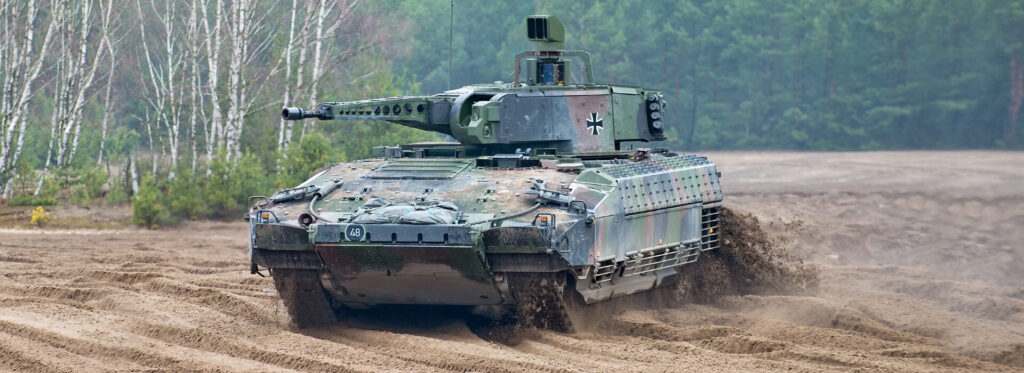
The results of increasing capability requirements can be seen when comparing modern AFVs to their legacy counterparts. For comparison, the German Marder pre-production vehicles had a combat weight of around 27.5 tonnes, which increased over time to 33.5 tonnes with Marder 1A3, to an eventual weight of 37.4 tonnes with Marder 1A5. The Marder’s intended replacement, the Puma IFV, may appear to have bucked this trend when looking at the vehicle’s weight of 31.45 tonnes with the ‘A’ (air-transportable) armour kit fitted. This ‘A’ kit should suffice for counter-insurgency operations, and allows the vehicle to remain light enough to be airlifted by A400M. However, peer combat would realistically require the ‘C’ (Combat) armour kit to be fitted, which raises the combat weight to 43 tonnes. As a more extreme comparison, the UK’s Ajax has a combat weight of around 42 tonnes, which is several times greater than the 12-tonne CVR(T) Scimitar Mk2 it replaces.
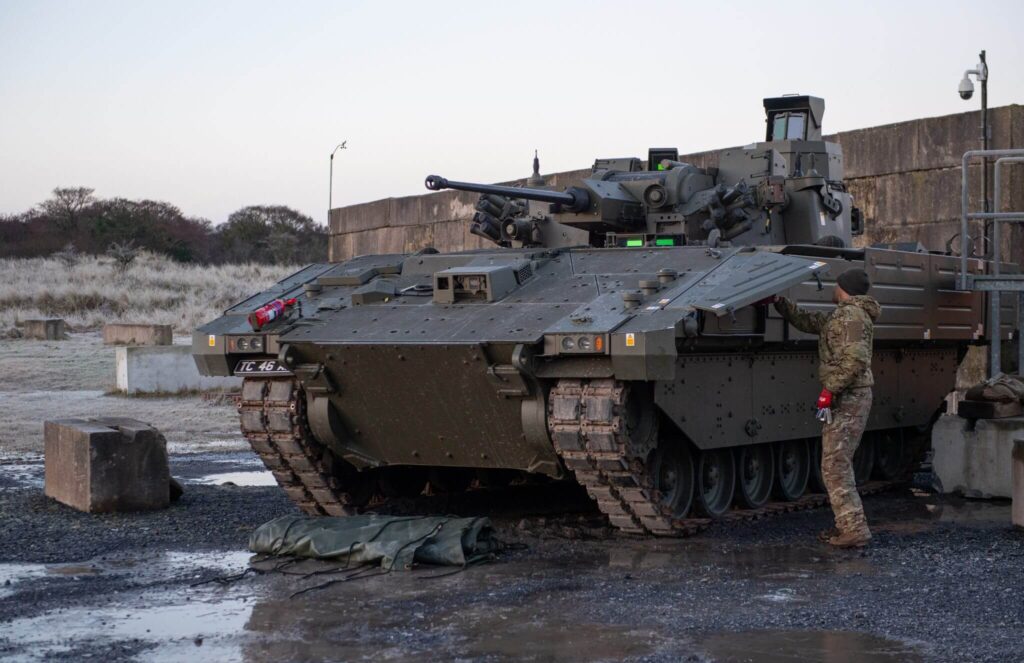
With the partial exception of some recent Main Battle Tank (MBT) designs being lighter than previous designs, broadly speaking most new armoured vehicles have been heavier than their last-generation equivalents. With the time and expense involved in training a modern soldier and the smaller sizes of modern armies, highly demanding vehicle requirements are not a surprise. Yet it should also be apparent that such weight increases are fundamentally unsustainable. Heavier vehicles typically consume more fuel than lighter vehicles, and wear out driveline or running gear components more quickly, both of which require a larger logistics footprint to address. Heavier vehicles may also find some civilian infrastructure such as bridges impassable, tend to get bogged down in muddy ground more easily, and often lack amphibious capability.
Such vehicles may also be too heavy for deployment by commonly-available transport aircraft. Even in cases where the aircraft may be physically capable of carrying the weight of a particular vehicle, the aircraft’s loading ramp weight limit is usually lower than the aircraft’s total payload, which precludes loading and offloading such heavy vehicles conventionally.
Overall, there are numerous incentives for militaries to shed a few tonnes where they can. Despite numerous efforts, this so far has proven a challenge for modernising militaries, yet there remain a number of avenues which show some promise in this regard:
- Encouraging more ‘left of boom’ protection solutions (such as signature management and APSs) over passive armour.
- Switching from manned to unmanned turrets.
- Switching from steel to Composite Rubber Tracks (CRTs).
- Development of Unmanned Ground Vehicles (UGVs) for some roles.
- Designing vehicles with smaller crews.
Slimming Down
The relationship between adoption of ‘left of boom’ solutions and decreasing gross vehicle weight (GVW) has so far remained more theoretical than practical. While plenty of companies have offered APSs, or products aimed at lowering vehicles’ thermal, acoustic, and radar signatures, typically such measures have been taken in addition to high passive protection, rather than supplanting it. Consequently, vehicles equipped with these can end up even heavier than their ‘right of boom’ focussed counterparts.
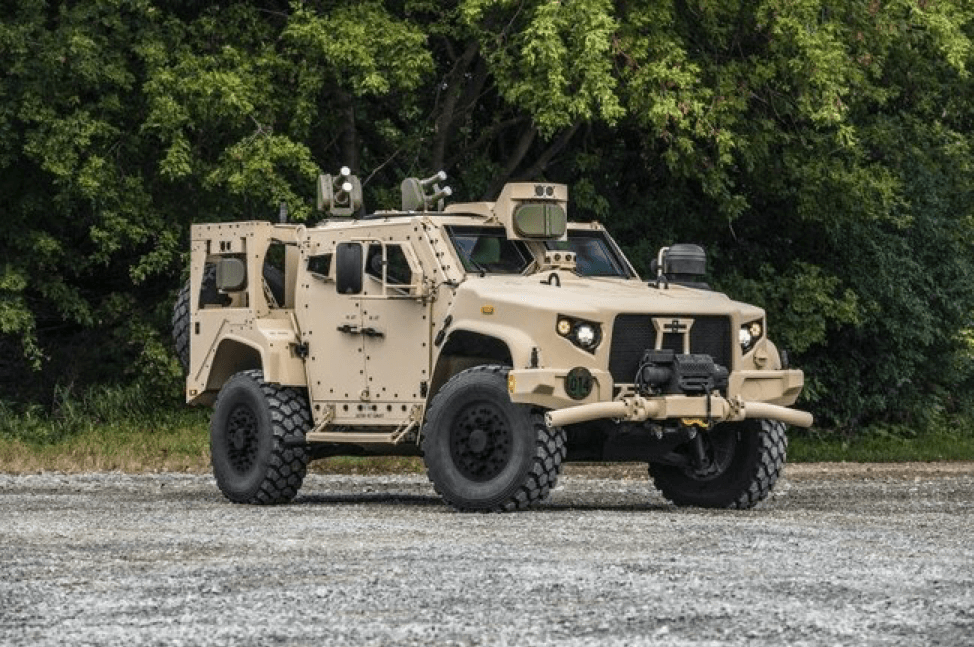
In some ways, this is not a surprise – while signature management solutions can be highly effective, they are still rather risky to use when they are the vehicle’s main or only form of protection. For APSs, the problem is that on all armoured vehicles with the partial exception of tanks, they are primarily intended to deal with a different set of threats than the passive armour. On a typical 8×8 or medium-weight tracked IFV for instance, APSs will be needed to provide protection against rocket-propelled grenades (RPGs) and anti-tank guided missiles (ATGMs), but the vehicle will still require passive armour to withstand heavy machine guns or automatic cannons. Given that nothing about this division of responsibilities seems likely to change in future, adopting ‘left of boom’ protection methods is unlikely to fulfil the promise of weight decreases for armoured vehicles lighter than tanks.
The switch to unmanned turrets offers more promise, as unmanned turrets can be made much smaller and more compact than their manned forbears. This smaller size usually means a lower weight at the outset, and also provides a lower surface area which needs to be armoured, lowering weight even further. Added to this, the armour fitted to unmanned turrets can be less protective and therefore lighter than a manned equivalent, by virtue of the lower risk involved. Penetration of an unmanned turret can result in damage or destruction of the turret’s systems, but in most scenarios is unlikely to directly result in loss of life.
Unmanned turret designs also offer several other benefits, such as not requiring a large turret ring, or a basket for the crew, meaning that they can be fitted to a greater range of vehicles. Additionally, due to their lack of crew, unmanned turrets often have greater internal and external volume available for mounting mission systems, weapons, or ammunition. As such, these advantages have been sufficient to convince a number of militaries worldwide that the benefits of unmanned turrets can outweigh the local situational awareness and civilian interaction benefits of allowing crew to operate with their heads out of the hatches.
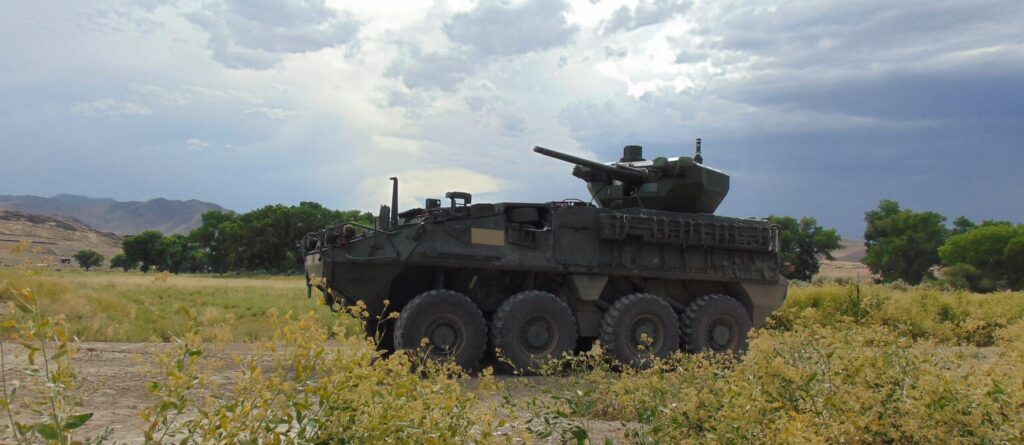
Staying on Track
Composite rubber tracks (CRTs) are a relatively cost-effective means for unsprung weight reduction. To give a recent example, Hanwha stated that their upcoming K9A2 self-propelled howitzer (SPH) had a GVW of 47 tonnes with CRTs, versus 49 tonnes with conventional steel tracks. This considerable weight saving, in conjunction the reduced rolling resistance provided by CRTs, also serves to increase the vehicle’s fuel efficiency, and therefore driving range, since the engine needs to do less work to move a lighter vehicle at a given speed. The range increase can be quite significant, as shown by the results of a 2017 trial by the British Army’s Armoured Trials and Development Unit (ATDU). During the tests, a ATDU drove a Warrior IFV equipped with Soucy CRTs over a 5,000 km distance using a single set of tracks, in a variety of terrain types. ATDU’s results showed that compared to a Warrior equipped with conventional steel tracks, the CRT-equipped Warrior’s lower fuel consumption increased range by 19% on roads and 31.9% off-road.
When multiplied across a vehicle fleet, such savings also manifest as decreased overall logistics requirements. Added to this, CRTs offer a host of other benefits, such as decreasing the vehicle’s acoustic signature, as well as lowering vibration, which improves ride comfort, aids weapon stabilisation on the move and prolongs the life of more sensitive subsystems. Added to this, CRTs’ decreased rolling resistance decreases wear on the engine, transmission, and final drives. CRTs also have greater longevity than steel tracks, are virtually maintenance-free, necessitate fewer track changes, no pad changes, and additionally they increase the buoyancy of amphibious vehicles. Lastly, CRTs also tend to be much gentler on civilian infrastructure such as roads, which can be heavily damaged by steel tracks.
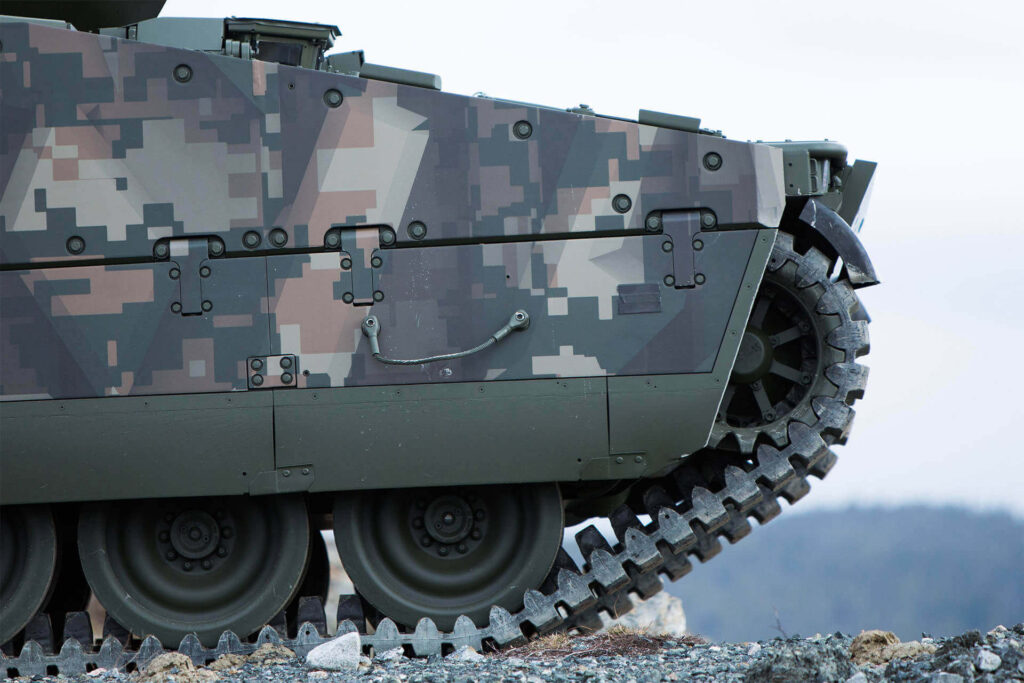
Unfortunately, in engineering nothing comes for free, and there are some downsides to CRTs which, although relatively minor, may clash with user requirements. The first is that CRTs have a different geometry to steel tracks, and they may not fit directly on all legacy platforms without vehicle modifications. For instance, CRTs are generally thicker than steel tracks, and the required track to sponson headroom may not be available. Track width can also be challenge on legacy platforms and CRTs sometimes require a larger surface area than steel tracks to provide optimal performance. Having said this, Soucy has offered like-for-like width to ensure conformity legacy platforms, as well as with aircraft internal width or rail gauge widths, to ensure operational and strategic mobility are not compromised.
Given the aforementioned differences in geometry, CRTs are primarily aimed at vehicles under 55 tonnes, and although CRTs could still be used on heavier vehicles above 55 tonnes, these will not operate at their full potential, with lower longevity than appropriately-sized CRTs, which may not be size compatible, depending on the platform. This weight limit is due to heavier vehicles placing more pressure on the track than lighter vehicles, and thus increasing heat generation within the track, degrading it. Compensating for this additional heat generation presently requires making the track less durable than its baseline design. Despite this, depending on mission parameters and specified durability requirements, this reduced durability could potentially still be greater than conventional steel tracks, since CRTs have the durability headroom to work with. Presently, CRTs remain better-suited for tracked vehicles in the sub-MBT weight class, unless the design allows for thicker, wider tracks to be fitted.
A second problem for CRT manufacturers is how they manage heat, given the material properties of rubber. When rubber is compressed or stressed, some of the energy is absorbed in the form of friction inside the rubber. This is referred to as hysteresis loss. While hysteresis is beneficial for absorbing shocks and vibration, it also generates heating. Since rubber is also a good thermal insulator, this means the track’s internal temperature can remain high for a relatively long time compared to tracks made of a more thermally-conductive material such as steel. While heat build-up can be reduced by using thinner rubber, composites or a mix of low heat generation compounds, hysteresis-induced heating will still occur, the challenge is controlling that heat build-up to a manageable point where it doesn’t affect the integrity of the track.
Notably, the Israeli Ground Forces decided against rubber altogether, having initially used rubber components such as bushings, pads, and roadwheel tyres in their tank tracks, but then later opted to avoid any rubber components in the running gear of their Merkava Mk. 3 Baz and Merkava Mk. 4 tanks, opting for all-steel roadwheels and tracks instead. This step was taken to lower the thermal signature of the tanks as much as possible. However, given the extent to which thermal imagers have improved since the Merkava Mk.3 Baz was introduced in 1995, there is an argument to be made that such measures are no longer as effective as they were against last-gen thermal imagers.
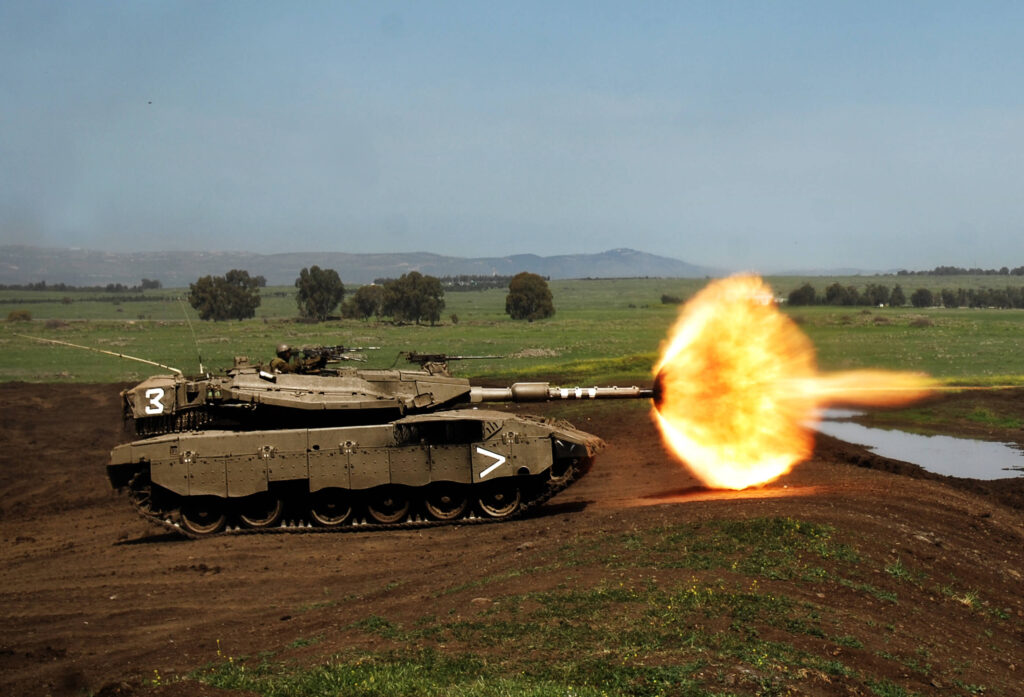
Removing the Human
Lastly, militaries are examining the use of UGVs, which provide multiple avenues to weight reduction by virtue of their crewless design. The first major factor is size – if for example a designer wants their vehicle to fit an infantry squad, the vehicle will need a relatively high internal volume, which in turn means larger external dimensions, which in turn increases the amount of external surface area which needs to be armoured. Crewless designs inherently lack this problem, as internal volume can be entirely dedicated to weapons and mission systems. A second factor is the degree of protection required – in armoured fighting vehicle design, most vehicle protection is aimed at protecting the human occupants, rather than mission systems. Consequently, by removing the human component, the degree of passive armouring required decreases.
These factors generate a number of different synergies – if for example an army needs their UGV up-armoured, the armour package can have a much lower weight, since it has to protect a much smaller surface area. In the case of armed UGVs, these will inherently have to use either remote weapon stations or unmanned turrets, benefitting from the aforementioned weight-saving advantages these bring. Given the above, it is unlikely that UGVs would ever need to be as heavy as manned vehicles, and thus would arguably benefit the most from CRTs.
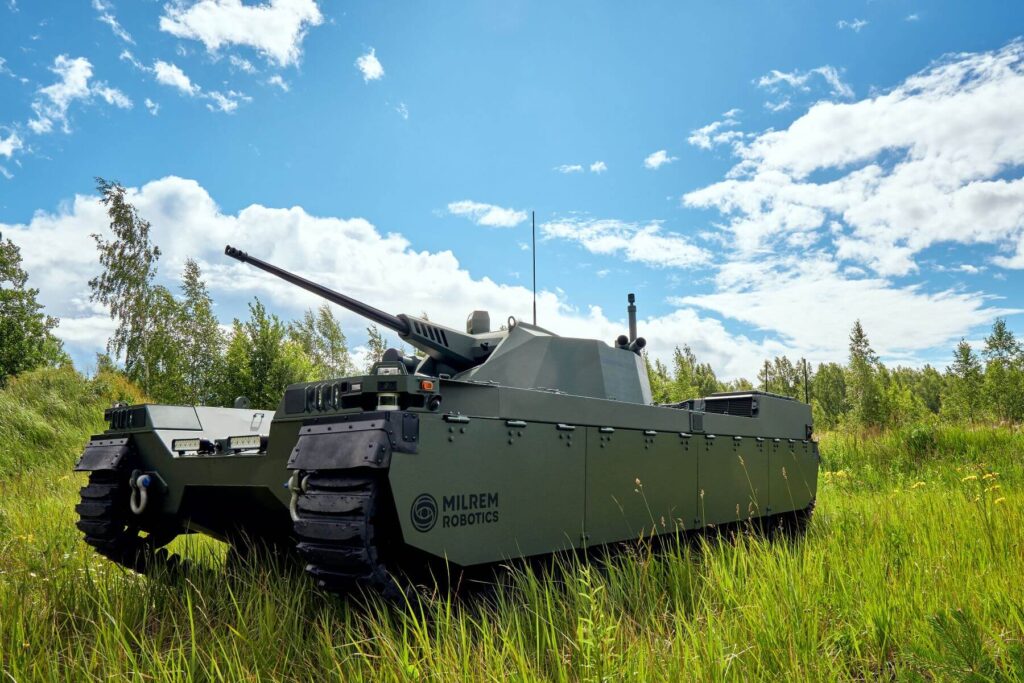
Despite their promise, there remain downsides to UGVs, with perhaps the most obvious being the need to maintain continuous communication throughout their mission. This brings with it the risks of detection by hostile radio direction-finders locating both the UGV and its remote operators, as well as the hazards of signal loss in complex terrain, jamming, and even hacking. Advances in networking, radio communications, and cyber security may serve to decrease these risks, but are unlikely to ever reduce them to zero. As an alternative approach to solving these problems, full automation would probably offer the more promising approach, however making weapon systems capable of operating fully autonomously is fraught with legal difficulties and political risk.
Although full autonomy faces barriers to implementation at present, elements of autonomy can nonetheless be incorporated into the development of smaller and lighter manned vehicle designs with a reduced number of human crew. This trend has previously been seen with the development of autoloader-equipped tanks, which typically use three instead of four crew, and are typically slightly smaller and lighter than their human-loaded counterparts, due to the volume saving permitted by automating away the human loader. The differences can be shown in the table below:
| Tank Variant | Autoloader? | Combat Weight (tonnes) |
| Type 10 | Yes | 44 |
| T-90M | Yes | 48 |
| ZTZ-99A2 | Yes | 54 |
| T-14 Armata | Yes | 55 |
| K2 | Yes | 56 |
| Leclerc XLR | Yes | 57 |
| Leopard 2A7 | No | 63.9 |
| M1A2 SEPv3 (base configuration) | No | 66.7 |
| Challenger 2 TEST | No | 74.8 |
| M1A2 SEPv3 (with additional armour, APS, and Mine Roller) | No | 83.7 |
Beyond autoloaders, more ambitious vehicle automation efforts are underway, with perhaps the most notable example being Israel’s Carmel programme. In this future AFV programme, Israeli design efforts have coalesced around the working model of two crewmembers supplemented by sophisticated automated subsystems, sometimes referred to as ‘virtual crewmembers’. Under the Carmel model, the two human crew effectively function as tactical decision-makers and the ‘human in the loop’ and/or manual override safeguards, while lower-level functions such as driving, navigation, and portions of the engagement cycle are automated.
This model even envisages fire control as being almost entirely automated, with the machine performing automatic target detection, tracking, ranging, gunlaying, and even recommending a particular weapon or ammunition suited to the target type, then presenting this to the crew for approval to engage. The crew are then free to modify these choices, for instance selecting a different weapon/ammunition for the engagement, but once the crew have given final approval to conduct the engagement, the machine carries out the rest of the attack autonomously. The Carmel model addresses many concerns with full automation, and doesn’t suffer from many of the previously-discussed downsides associated with remotely-operated vehicles.
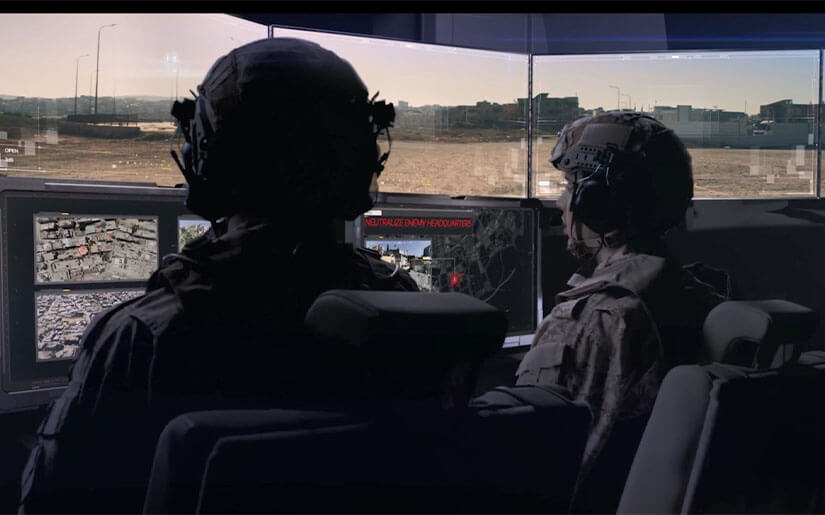
While promising, even a reduction in vehicle crew sizes may not be a silver bullet solution for vehicle weight reduction, since many roles, particularly Armoured Personnel Carriers (APCs) and Infantry Fighting Vehicles (IFVs) will still require a vehicle with a large internal usable volume to safely transport personnel. Here, since the vehicle’s weight is more dependent on the dismounts than crew, reducing the crew is likely to result in only modest gains. Added to this, since APCs and IFVs are some of the most commonly-used vehicle types, it makes sense to build families of vehicles around an APC/IFV base design, and then adapt the configuration to more specialised roles. This factor tends to favour making the baseline family design larger, both due APC/IFV being the ‘default’ roles, and for the vehicle being more opportunistically adaptable to other roles.
No Exit?
While the incentives to lower vehicle weights have not gone away, it is also important to remember that modern vehicles have become heavy for good reasons. Very few armies would willingly trade in their modern tracked or wheeled AFV for their less-capable, less well-protected, and less fuel-hungry equivalents of yesteryear. Yet this is not to say that they should stop trying to reduce weight either.
As discussed, there are various weight-reduction approaches which are broadly applicable to a large number of vehicles. While pinning our hopes entirely on ‘left of boom’ approaches to survivability is probably not realistic, other solutions such as unmanned turrets and CRTs would seem to have gained more acceptance in the market. This does not preclude such gains from being squandered, as an engineer’s one-tonne weight saving may become a military planner’s invitation to add a requirement for new equipment in the name of capability growth.
Although many of the aforementioned approaches don’t work universally, they can nonetheless be applied where they are likely to result in the greatest savings. For instance, MBTs stand to benefit most from crew reductions and use of unmanned turrets, which may in turn make them light enough to use CRTs, saving even more weight. APCs and IFVs may have less flexibility to change their internal volume, but they can still make some savings by implementing unmanned turrets, crew reductions, and CRTs on tracked platforms. Lastly, UGVs can be used to replace manned vehicles for tasks where loss of signal or jamming pose less of a risk.
Obstacles remain for more radical design choices, such as fully automated vehicles, but even here there is room for manoeuvre, and automation can operate as a spectrum rather than a binary choice. If it is legally and politically difficult to implement full autonomy, then implementing forms of partial or reversionary autonomy which do not include fully autonomous fire control would seem an acceptable compromise.
Other solutions, such as implementing Hybrid Electric Drive (HED) technology may also provide a means for meeting power requirements in a more weight-efficient manner. In this vein, the US Army has stated that BAE’s M2 Bradley Hybrid Electric Vehicle is anticipated to improve the vehicle’s fuel economy by 20% and therefore provide increased range, with no added size, weight and power demands. While this is undoubtedly promising, this particular implementation is a weight-neutral improvement, rather than outright reversing the weight trend. Going for full-electric drive solutions with current battery technology seems even less promising on the weight-saving front, since lithium-ion batteries have fairly poor gravimetric energy density and volumetric energy density compared to hydrocarbon fuels. By way of comparison, gasoline stores around 100 times more energy than a lithium-ion battery of the same weight, or around 35 times more energy than a lithium-ion battery of the same volume.
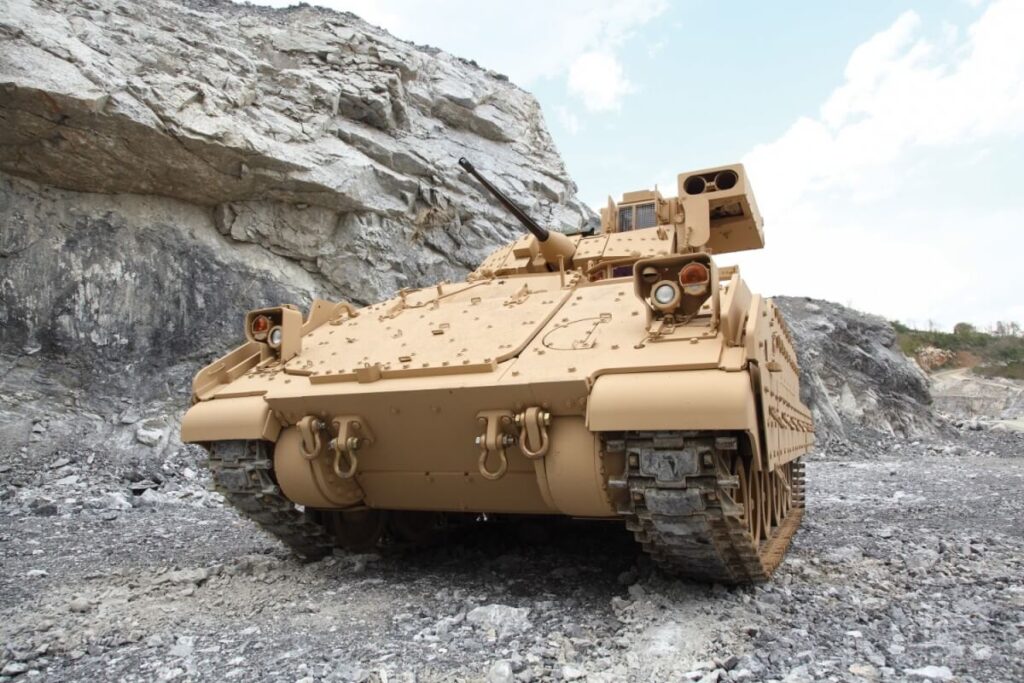
Looking ahead, battlefield pressures look set to continue incentivising the development and addition of new capabilities, yet many modern vehicles designs already lack the headroom to get that much heavier, and adding more is likely to come with a high price tag. Perhaps sooner rather than later, military planners may be forced to give more thought to what they can take away or change, rather what they can add.
Our Media partner
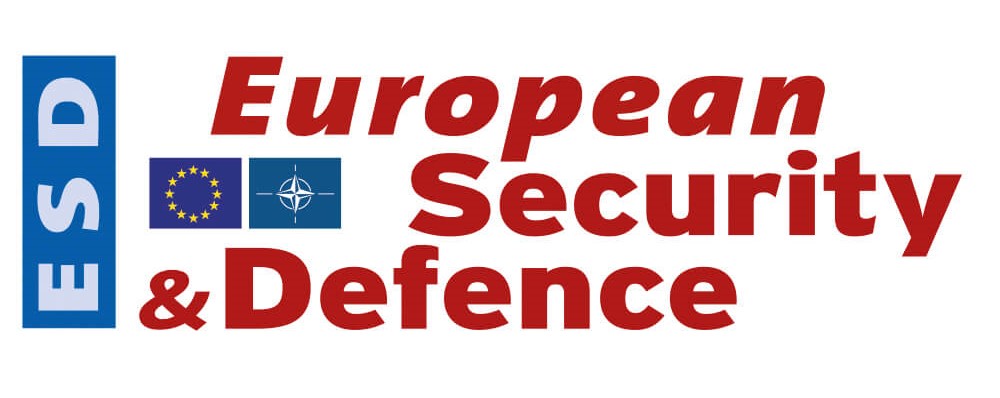
European Security & Defence (ESD) is the present and future of NATO-European reliable information and thought leadership.
Employing Knowledge-Based Influence (KBI), this specialist international security and defence title from Mittler Report (Bonn, Germany) offers its demographic a trusted, integrated media resource via digital, online, and print channels, supported by business-level social media.
ESD’s online daily news and 11 digital-print magazine editions (annually) provide exclusive and original content.
Authoritative articles and expert KBI from ESD inform and shape the opinions and understanding of defence-industrial complex decision-makers and government policymakers. This demographic includes budget allocators, industrial partners, programme overseers, and specifiers, all beneficiaries of ESD’s offering as the largest and most influential defence and security media platform in Europe. ESD: INTELLIGENCE FOR THE INTELLIGENT™
Contact the editorial or commercial team via www.euro-sd.com